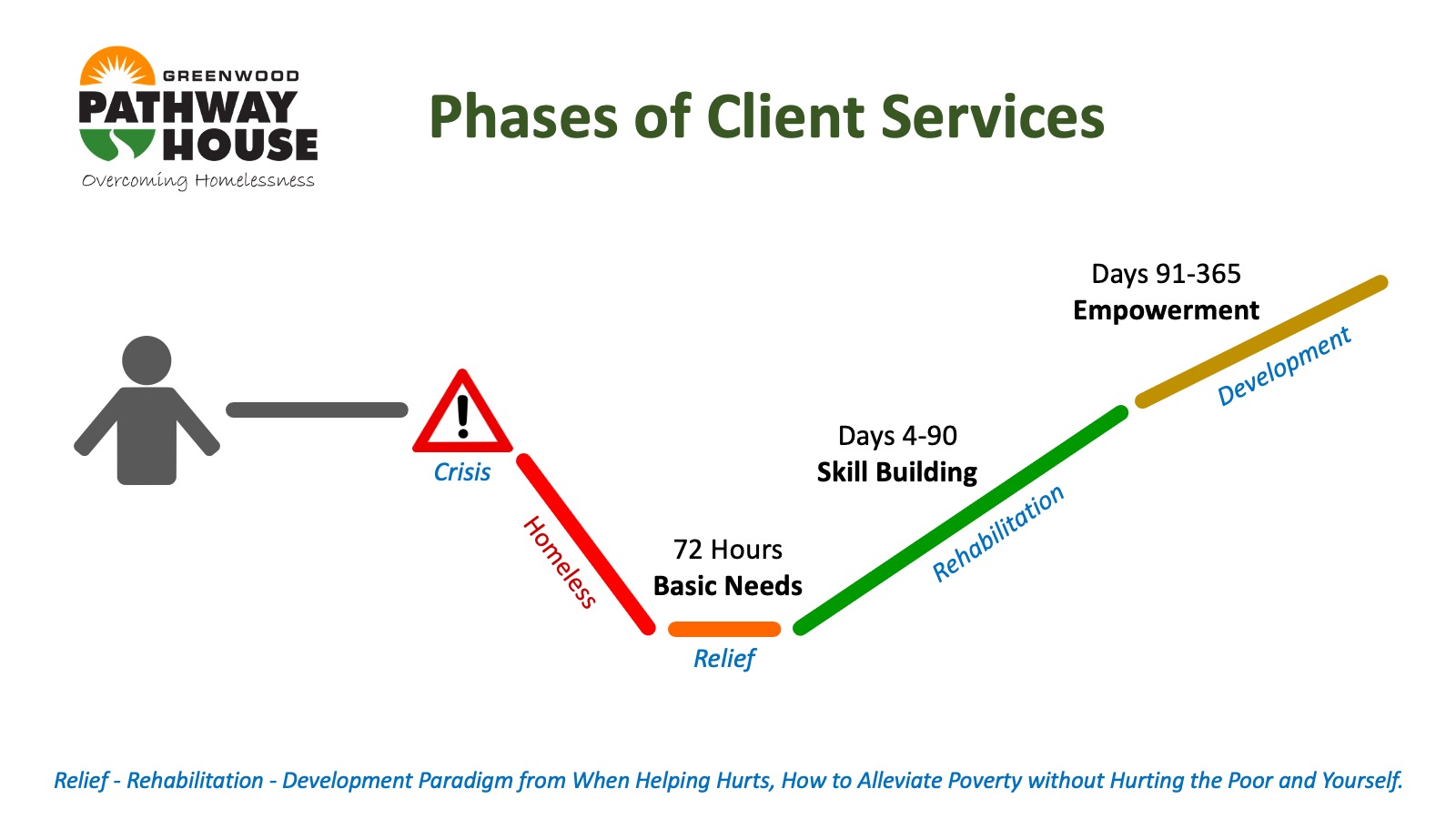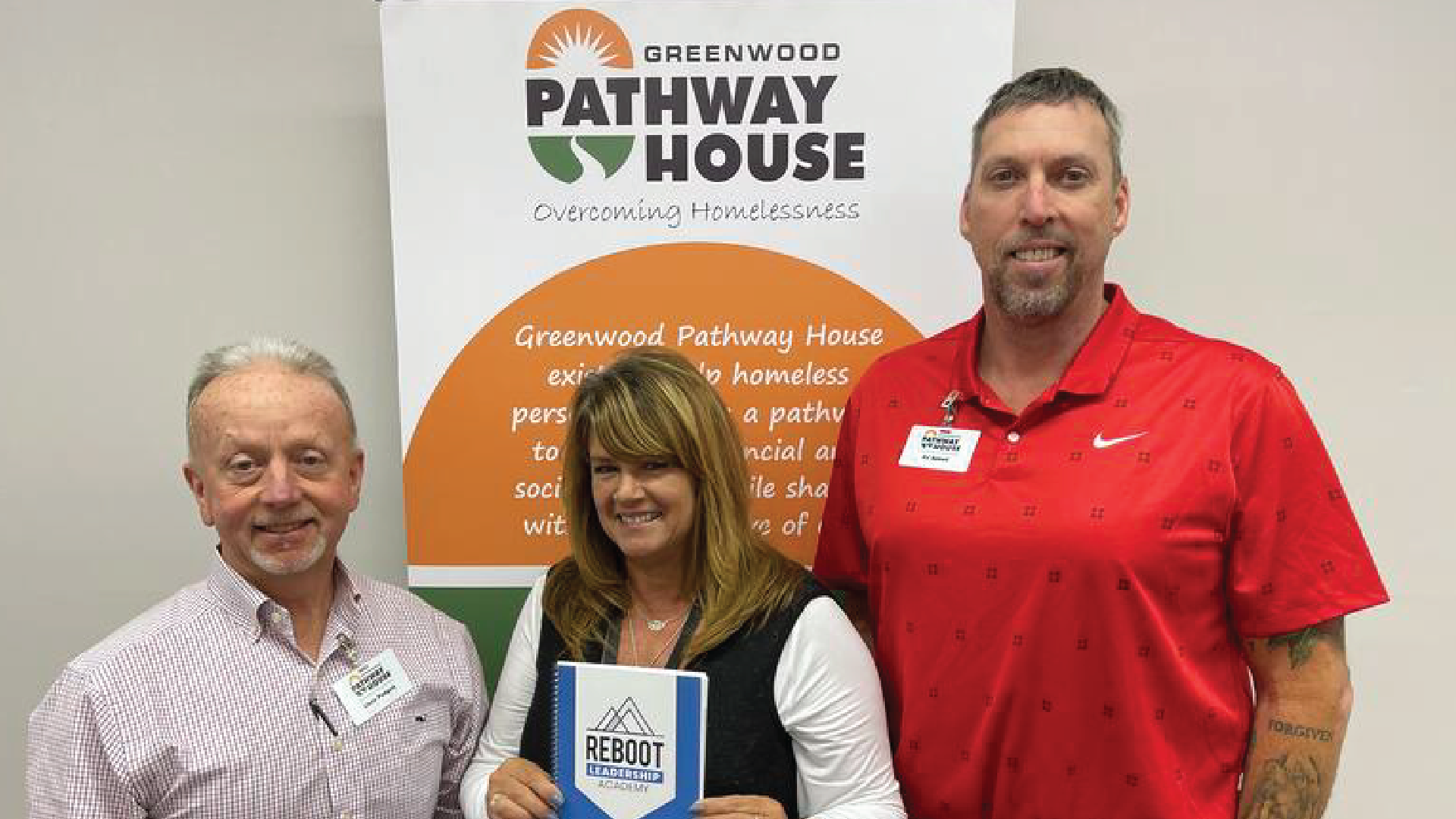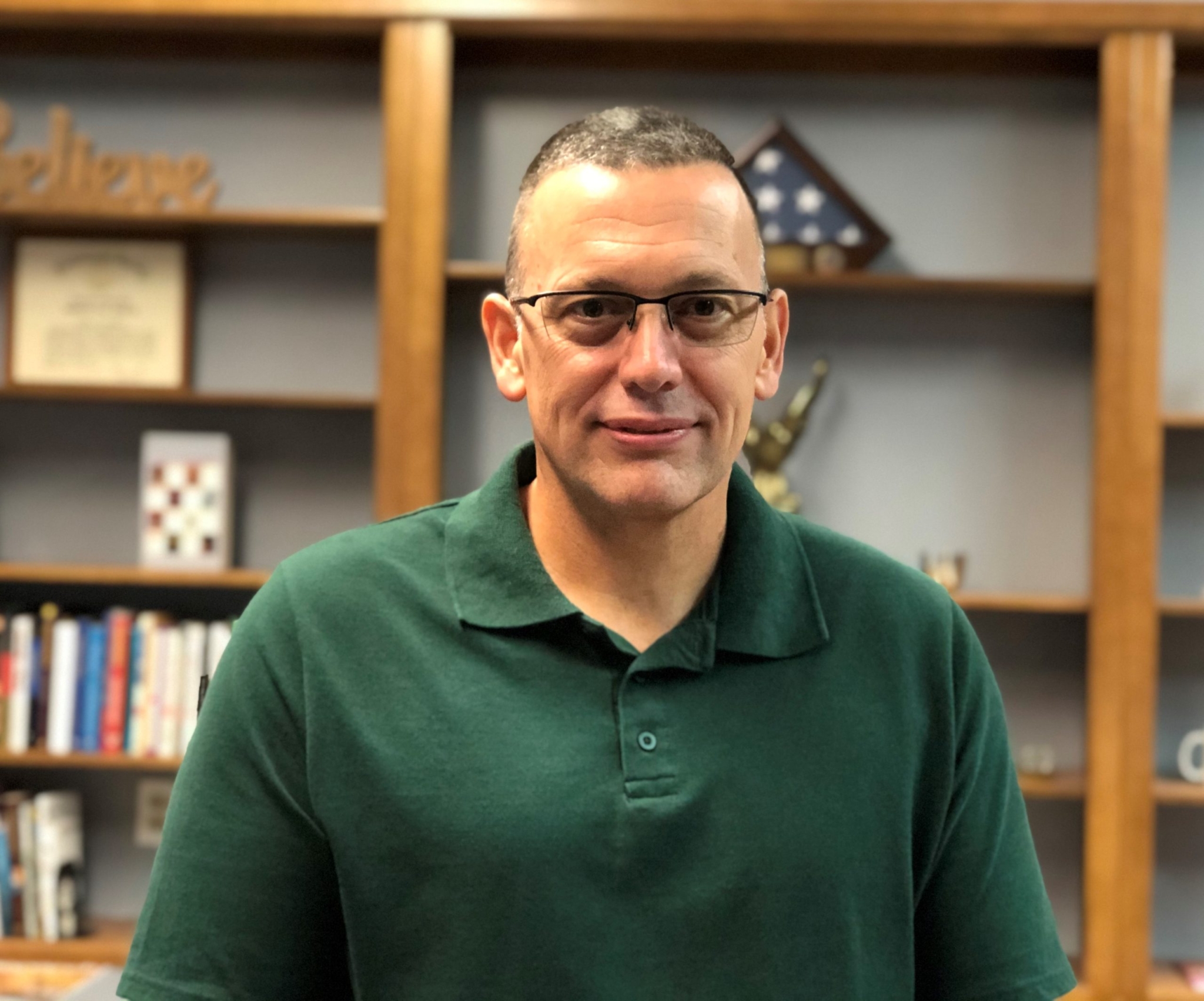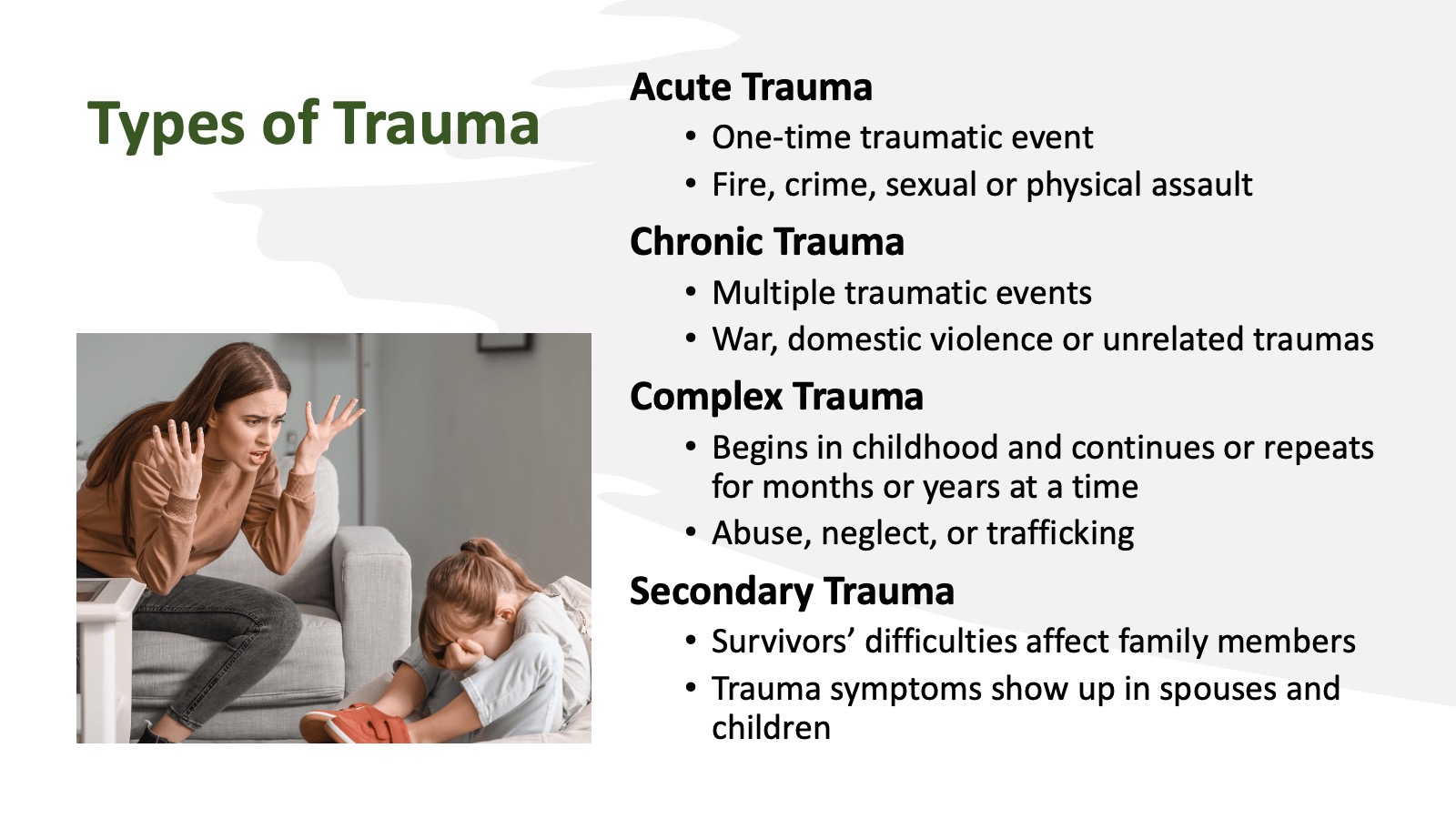Boots on the Ground Needed for Trauma-Informed Care
Sonya Stearns
Network Membership Manager
Read more from Sonya
Having served 25 years with the military and 15 years with law enforcement, Anthony Price has experienced his fair share of trauma-stricken individuals in crisis. When he switched careers to homeless ministry, that didn’t change. Soon after having his boots on the ground at Greenwood Pathway House (GPH), a homeless ministry in South Carolina, Anthony noticed the same behaviors in most homeless people that he saw in war-torn veterans experiencing toxic stress: depression, financial struggles, relationship issues, chronic unemployment, addiction, and fear.
He knew that proper training to minister to these individuals was the key to helping them heal, something that is not happening with most homeless shelters today.
“We’ve completely missed it in homeless circles,” Anthony shares. “We’ve been treating symptoms like addiction and joblessness, but not the root problem. It’s like a doctor giving ibuprofen for a severely broken bone.”
He knew that trauma-informed care needed to be implemented across the board if GPH wanted to see lasting improvement for their clients.
GPH began educating staff and volunteers annually in de-escalation techniques and training from the American Association of Christian Counselors (AACC), and they experienced significant results. Prior to fully switching to trauma-informed care, they had a 57% success rate with homeless male veterans and 0% success rate with female veterans. (Success is defined by obtaining a job and/or housing.) They now have a 79% success rate with male veterans and 100% with female vets!

When a person in need visits GPH, they begin a relief, rehabilitation, and developmental program, demonstrated here, 
Other models seek to create a smaller, protected community within their community at large, but GPH’s goal is to reintegrate people into that local community. This approach paves the way for the previously homeless person, now flourishing, to enjoy the dignity of contributing to society.
During the rehabilitation stage, every participant completes a 12-week faith-based course to overcome trauma called Reboot. Anthony explains that completing the course is pivotal to the success of each individual and that helping their clients – and staff – to implement the skills learned in the curricula is a major reason Greenwood Pathway House is so successful.
During this phase, participants also seek some type of employment while learning new skills and uncovering their passions and gifts. GPH offers skills training in production, retail, food service, management, and office work right on their campus. The local technical college partners with them to help participants get OSHA training and forklift operator certification, among others. GPH requires all participants to take an active role in their own solutions, believing that implementing “challenge” during their rehabilitation is pivotal to success.
Since complex trauma is the background for the majority of GPH’s clients, staff and volunteers respond differently than what might be considered “normal.”
“In the past we tried to force clients to respond to situations correctly—the way we would respond,” Anthony explains. “We just assume everyone knows how to do this because we learned the correct responses as children.”
But that is not the case for most of the people he treats. GPH facilitates lasting change by taking the time to effectively teach the right responses to everyday situations.
One mother in their program, a young woman who had suffered long-term abuse and neglect, told Anthony, “I’m afraid I’m making my children monsters. I don’t know how to love or teach them how to love.” Anthony asked, “Are you reading to your children? Did your mom read to you?” She responded that she never desired that, because her mother beat her repeatedly. Anthony challenged her with a simple suggestion: “Place your four-year-old on your lap and read one brief book to her every night.” Within one week the young mother returned, reporting that she was reading multiple books per night, and that her daughter never wanted her to stop. She experienced so much progress from implementing a simple, singular directive. Using this type of simplified and singular instruction is one of the many techniques GPH uses when working with folks within a trauma-informed structured environment.
Other types of successes occur as well: GPH once ministered to a man who continuously talked to himself. Many programs would have simply sought prescription drugs for his mental condition and left him in that state, but GPH dug deeper. They found that this man’s experience with severe and repetitive childhood trauma – complex trauma – manifested itself as dissociative disorder. They helped identify his root problem and coached him toward lasting healing, which takes time and commitment on the part of both staff, volunteers, and the clients.
Accordingly, GPH advocates longer term care for people desiring to leave homelessness and severe poverty. “Relationships are key,” Anthony says. “You can only scratch the surface with a 30-day program, when clients are just beginning to feel safe. They need longer term solutions.”
And GPH provides them. Taking seriously the need to build and maintain good relationships over time, GPH actively implements techniques and principles similar to those found in the True Charity Network’s Mentoring MAP in a twofold manner: senior staff mentor junior staff, and the staff and volunteers mentor clients.
Though local residents were initially resistant to accept the depth of the homeless and trauma crisis in their tight-knit community, Anthony used the local school district’s own homelessness statistics to shed light on the problem. Since then, GPH has gained significant community support. Neighboring churches and nonprofits are a part of their routines. Several churches help facilitate regular church involvement and accountability, and a nearby medical clinic gives complete physicals at no charge to those who agree to begin the developmental phase. This way, underlying physical issues are tackled at the onset of rehabilitation, allowing staff to concentrate on uncovering root issues, helping develop skills and discovering the giftedness in each individual.
What is Anthony’s most important advice to other charity workers? He emphasized, “You must take care of your staff and volunteers! Many of our own staff have experienced significant trauma directly and, if not, their spouses have. Secondary trauma is very real.”
When volunteers and staff build relationships with traumatized, poverty-stricken people every day, they must receive consistent consideration and care from their superiors. Sometimes they simply must step away for a break. GPH strives to keep a watchful eye on their employees and volunteers, as much as they do their clients.
Greenwood Pathway house desires that all poverty workers consider the benefits of trauma-informed care. They, and many others in poverty ministry, believe that trauma is the mission field of the 21st century. Given that 61% of American adults report having at least one adverse childhood event (ACE) and 17% report having four or more, chances are that many, if not most, of those you serve would greatly benefit from this approach. Just think of the great strides that your organization’s trauma-informed workers with boots on the ground could have.
For more on trauma-informed care, check out these resources shared by Greenwood Pathway House:
- Trauma Information (PowerPoint Presentation)
- Trauma Information (Word Document)
- Client Action Plan
- Developmental Matrix
True Charity Network Members may visit the member’s portal for these other tools:





